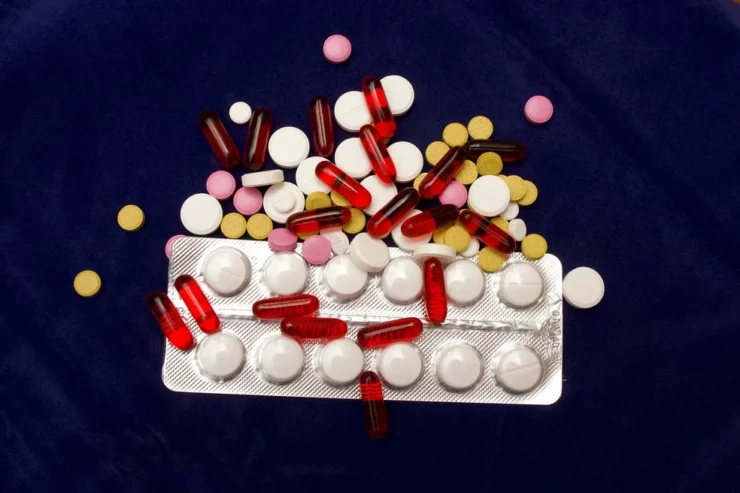It is estimated that, in the coming decades, ten million people will die each year as victims of microorganisms that antibiotics can no longer fight
What if the medicines we rely on to overcome infections are no longer able to protect us from known diseases that would become potentially fatal? Unfortunately, that’s what we’re about to see happen. About 700,000 people die each year as victims of antimicrobial resistance – which is when medicines stop working to fight microorganisms such as fungi, viruses or bacteria that have undergone genetic changes. In the coming decades, the estimate made by the United Nations (UN) is that this number will reach ten million. It’s good to repeat it.
Sepsis, a life-threatening organ dysfunction that is caused by an unregulated response to infections, kills 11 million a year, including 3 million children. The condition is more common in hospitalized patients, or who have been recently discharged, because the hospital environment, where the use of antibiotics is widespread, is almost a “nary” for superbacteria.
Article by Michael Hodin, CEO of the Global Coalition on Aging (organization focused on issues related to longevity), in partnership with Susan Wile Schwarz and Olivia Canie, states that although this is a global health problem, it has a disproportionate weight for older people:
“Forty percent of deaths in the United States caused by antibiotic-resistant pathogens occur in the group over 65 years of age. Diseases such as pneumonia and urinary tract infection, which often affect the elderly, are also those with strains of bacteria resistant to medication”.
In 1900, pneumonia, tuberculosis and gastrointestinal infections were among the leading causes of death in the USA. Between 1950 and 1970, there was a golden age for antibiotics. However, between 2000 and 2020, the Food and Drug Administration (the North American equivalent of Anvisa) saw a drop of almost 75% in medicines of this type submitted for its approval.
Scientific innovation in the area of antibiotics is on the decline and we need a new arsenal against infections. When a bacterium survives the treatment, this resistance passes to the next generation, until the existing drugs become innocuous. Multidrug-resistant tuberculosis is a problem in one hundred countries and about 500,000 people develop the disease annually.
The global scenario is a challenge of enormous proportions:
- At least 30% of antibiotics prescribed in the US are unnecessary.
- In Italy, the inappropriate use of antibiotics ranges from 33% for individuals under 45 years of age, to 51% for the elderly between 66 and 75 years of age.
- In China, 84% of pharmacies sell antibiotics without a prescription.
- Its use is expected to increase by 200% by 2030.
- Globally, the economic cost of antimicrobial resistance beats 100 trillion dollars per year.
(Translated from the original Portuguese)
Source: G1 Globo
 Global Coalition On
Global Coalition On 